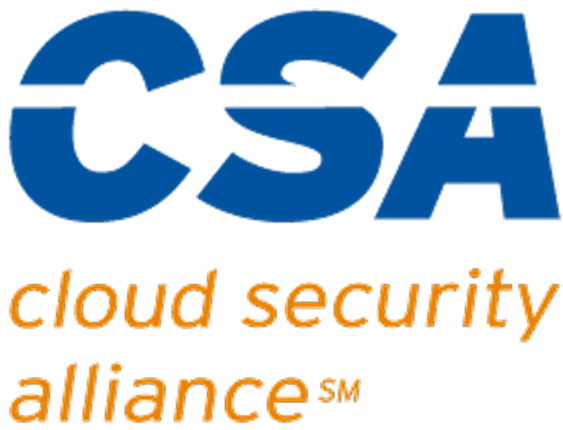Introduction
Do you have a printer you need to use in a Windows Remote Desktop Session? Are you having trouble getting it to show up? Don’t worry, we’re here to help. In this article, we will discuss the steps you need to take to get your printers working with Remote Desktop. Let’s get started!
Verify that the printer works from your local desktop
The first thing you need to do is verify that your printer works from your local desktop. To do this, print a test page from your printer. If the test page prints successfully, your printer is working correctly, and the issue is most likely with your Remote Desktop settings. If your printer does not print from your local desktop, there is a problem with your printer, and you will need to troubleshoot that issue before proceeding.
Check the ‘Local Resources’ settings in Remote Desktop
Next, check the settings in the Remote Desktop Connection application. Close it if you are currently running a remote desktop session to the computer in question. Then relaunch the Remote Desktop program and click “Show Options” at the bottom of the dialog box. Click on the “Local Resources” tab is and check the “Printers” option if it is not already checked. Start your remote desktop session and test the printer.
Check server settings for client printer redirection
If you are connecting to a machine that is running Windows Server, the issue may be with your server settings. Check to see if client printer redirection is enabled on your server. This setting can usually be found in the “Remote Desktop Session Host” section of the server’s settings. Once you have verified that this setting is enabled, try starting a new remote desktop session and see if your printer appears. If you don’t have administrative control of Windows Server, someone who does will need to check this for you.
Verify that your printer drivers are installed on the server
If your printer is still not showing up, the next step is to verify that your printer drivers are installed on the server. Open the “Control Panel” on the remote machine and go to “Printers.” If you see your printer listed here, then the drivers are installed, and you can proceed to the next step. If you do not see your printer listed, you will need to install the drivers for your printer on the server. To do this, search “Printers” in the start menu, click on the “Printers & Scanners” item, then click “Add a Printer” in the control panel that will appear. Follow the prompts to install your printer, then try remote printing again. If you don’t have sufficient permissions to install a printer on the remote computer, you’ll need to ask an administrator of that machine to do it for you.
Check firewall settings
If you are still having trouble getting your printer to work, the next step is to check your firewall settings. In most cases, you will need to add an exception for your printer for it to be able to communicate with your computer. Open the “Control Panel” on your server and go to “Firewall.” Click “Allow an app or feature through Windows Firewall,” then click “Change settings.” Find your printer in the list and make sure that both the private and public checkboxes are checked. Restart your computer and try printing again.
Conclusion
We hope this article has helped you get your printers working in a Windows Remote Desktop Session. Happy printing!




